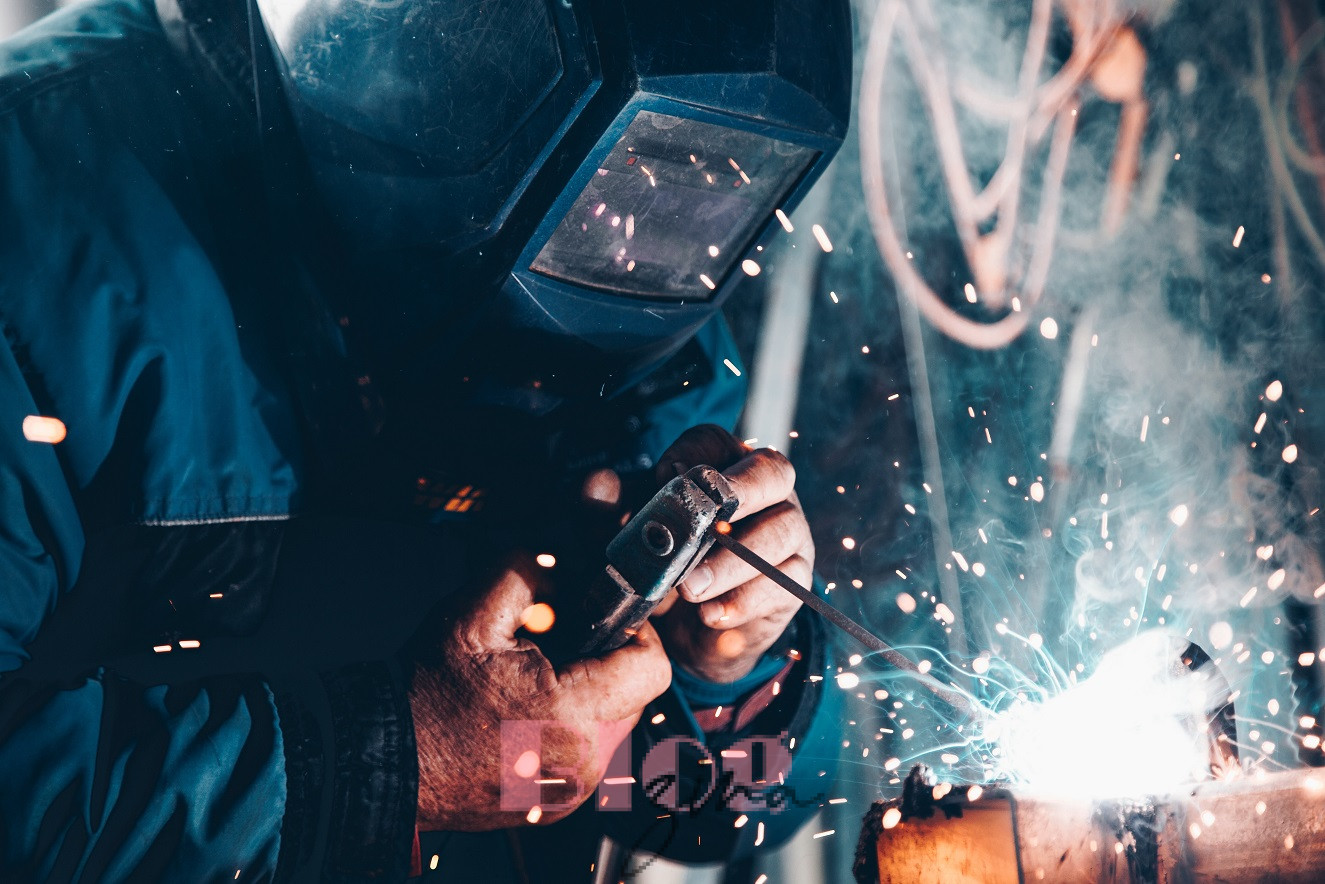
Welding, often considered the backbone of industrial progress, requires more than just skilful hands and a steady eye. Achieving excellence in welding involves mastering a range of techniques, understanding materials, having top-notch quality welding supplies and embracing a commitment to safety. This article delves into the essential components that form the foundation of success for every welder, exploring the intricacies of this craft.
The Power of Precision: Mastering Welding Techniques
Precision is the cornerstone of welding excellence. Welders must develop an acute sense of hand-eye coordination to ensure that each weld is executed accurately. Different welding techniques, such as MIG (Metal Inert Gas), TIG (Tungsten Inert Gas), and Stick Welding, require distinct skills. TIG welding, for instance, demands finesse and control, as it involves creating precise, intricate welds.
Meanwhile, MIG welding emphasises speed and efficiency, making it crucial for welders to adapt their techniques based on the project. Understanding the nuances of each technique and practising them rigorously is the key to achieving mastery. Welders who invest time in honing their skills develop a level of precision that sets them apart in the competitive field.
Material Matters: The Art of Welding Different Metals
Welding is not a one-size-fits-all craft. Welders must understand the materials they work with, as each metal behaves differently under the intense heat of welding. The welder’s knowledge of the material’s properties, melting points, and potential challenges is paramount, whether it’s steel, aluminium, or stainless steel.
Aluminium, for example, poses unique challenges due to its lower melting point (M.P) and higher thermal conductivity. Welders need to adjust their techniques and equipment settings accordingly to achieve successful welds on aluminium surfaces. The ability to adapt to diverse materials showcases a welder’s versatility and is a crucial aspect of welding excellence.
Safety First: Prioritising the Welder’s Well-being
In any industrial undertaking, safety is non-negotiable, and welding is no exception. A commitment to safety is one of the fundamental building blocks of success for every welder. This involves wearing the appropriate personal protective equipment (PPE) and ensuring the workspace is well-ventilated and free from potential hazards.
Welders must be familiar with safety protocols, including fire prevention measures, emergency response plans, and equipment maintenance. Proper training on safely using welding equipment is essential to prevent accidents and injuries. By prioritising safety, welders protect themselves and contribute to a culture of well-being within the welding community.
Quality Welding Tools: The Bedrock of Welding Excellence
Quality welding tools are the backbone of every welder’s success, providing the tools and materials necessary for precision and durability in welding projects. From reliable welding machines to high-quality electrodes, wires, and shielding gases, these supplies ensure that welders can confidently execute their craft. The significance of using superior welding supplies cannot be overstated, as they directly impact the strength and longevity of the welds produced.
Welders rely on reputable suppliers who offer a comprehensive range of top-notch welding equipment and consumables, enabling them to achieve the highest standards of excellence in their work. In the ever-evolving world of welding, investing in quality supplies is not just a choice but a strategic decision that pays dividends in the form of robust, reliable welds.
In conclusion, welding excellence is not achieved overnight. It results from mastering various techniques, understanding materials, prioritising safety, and using quality welding supplies. Welders who incorporate these building blocks into their toolkits set the stage for success in the dynamic and challenging field of welding. As the welding landscape evolves, those dedicated to excellence will undoubtedly leave a lasting impact on the industry.


